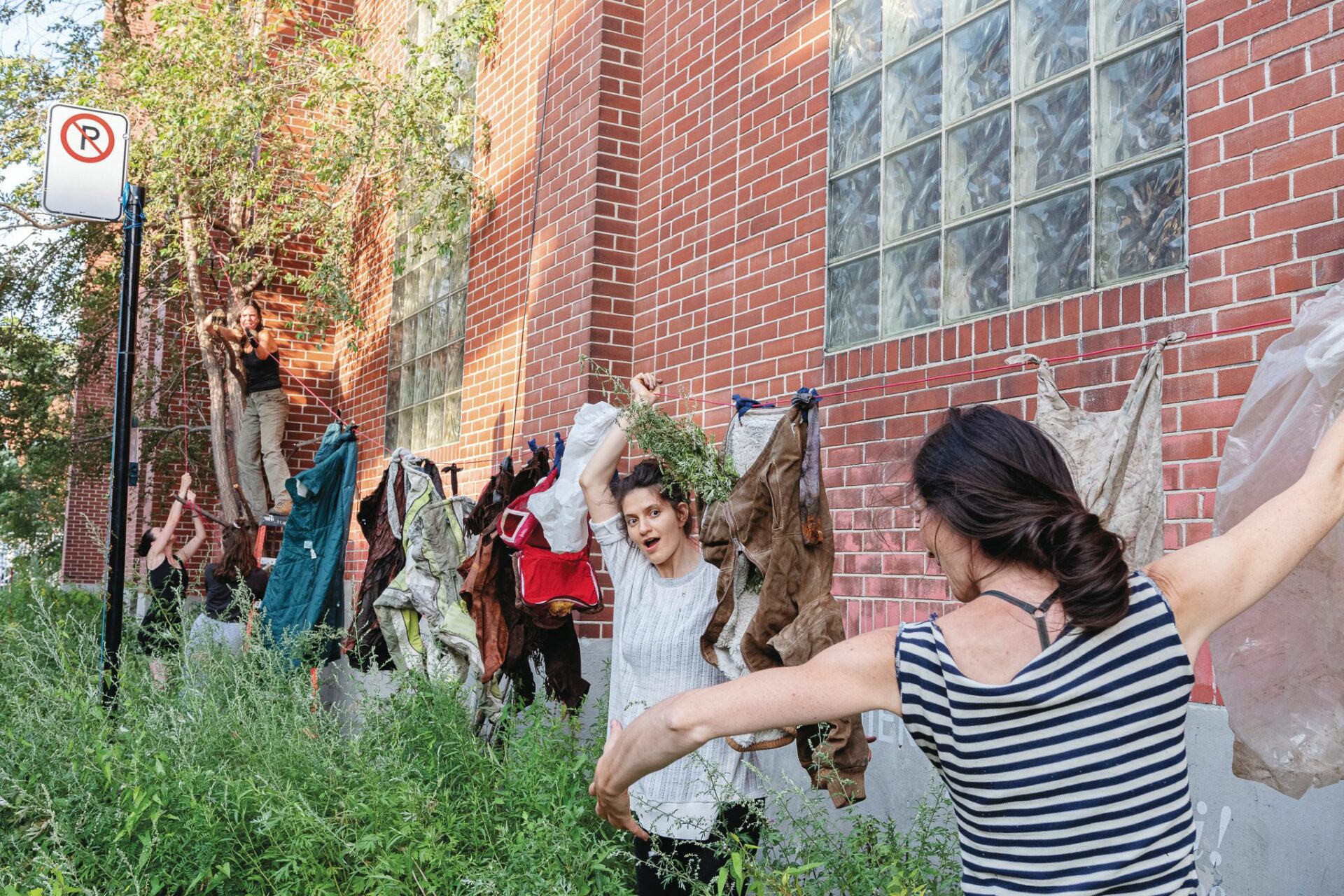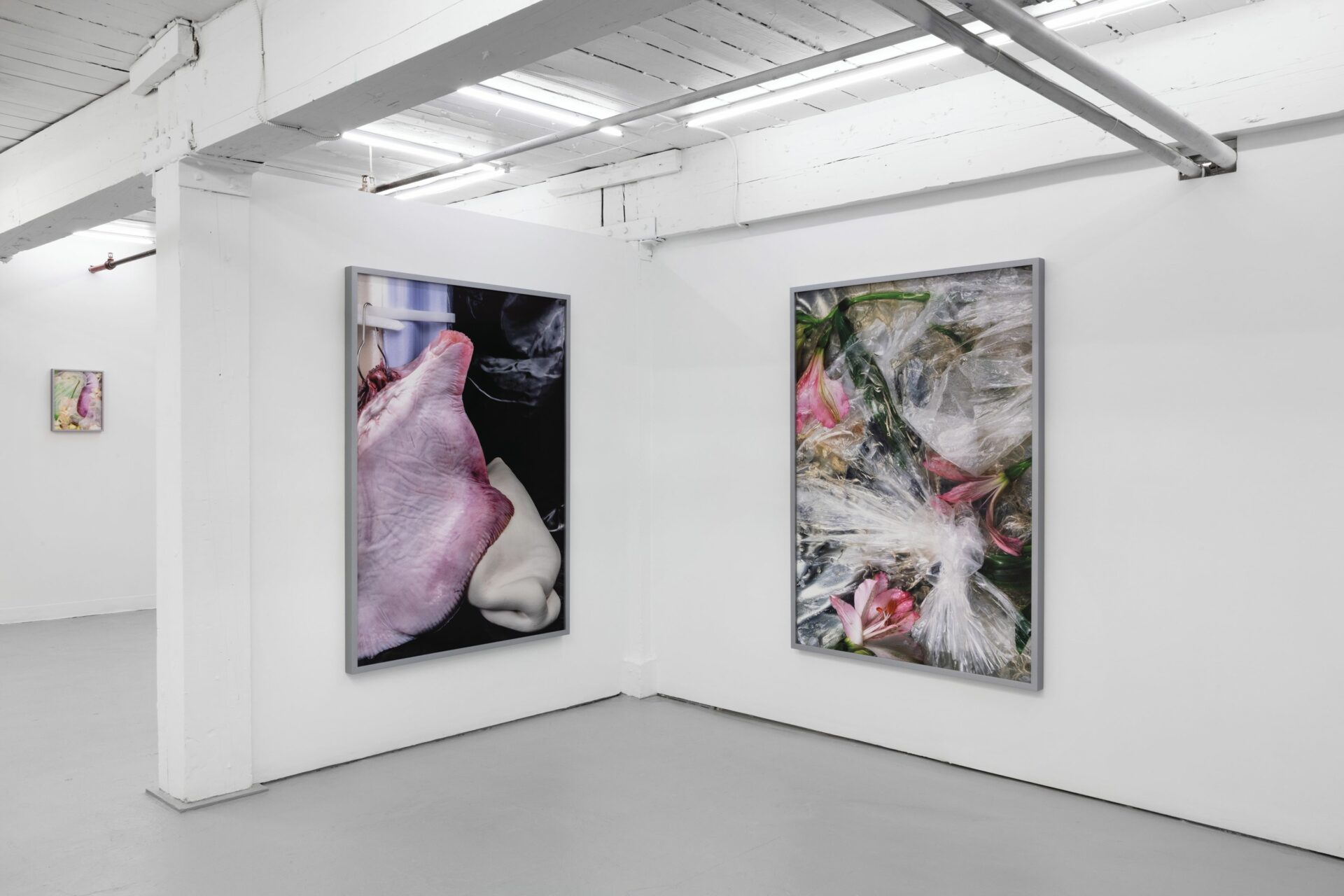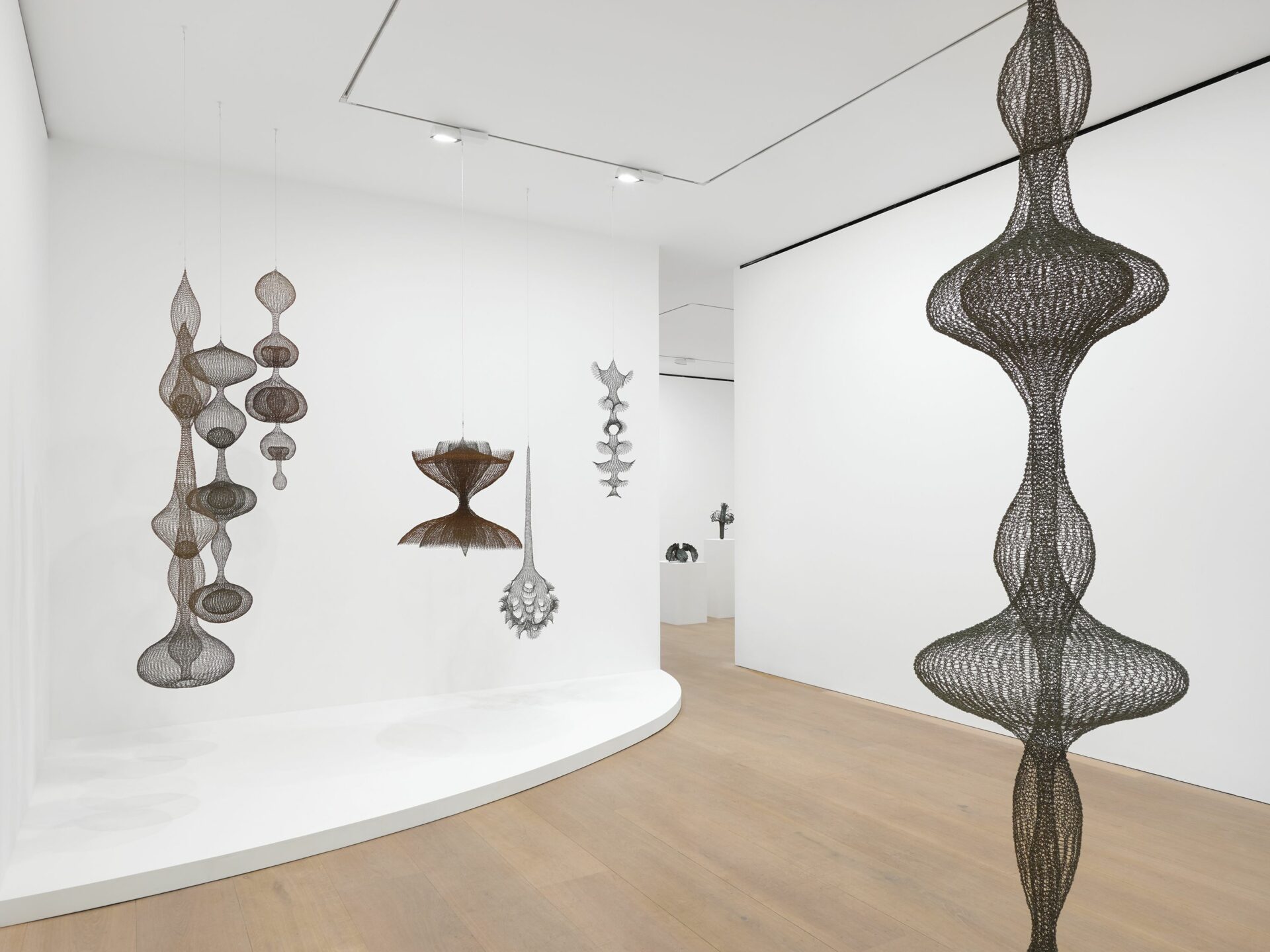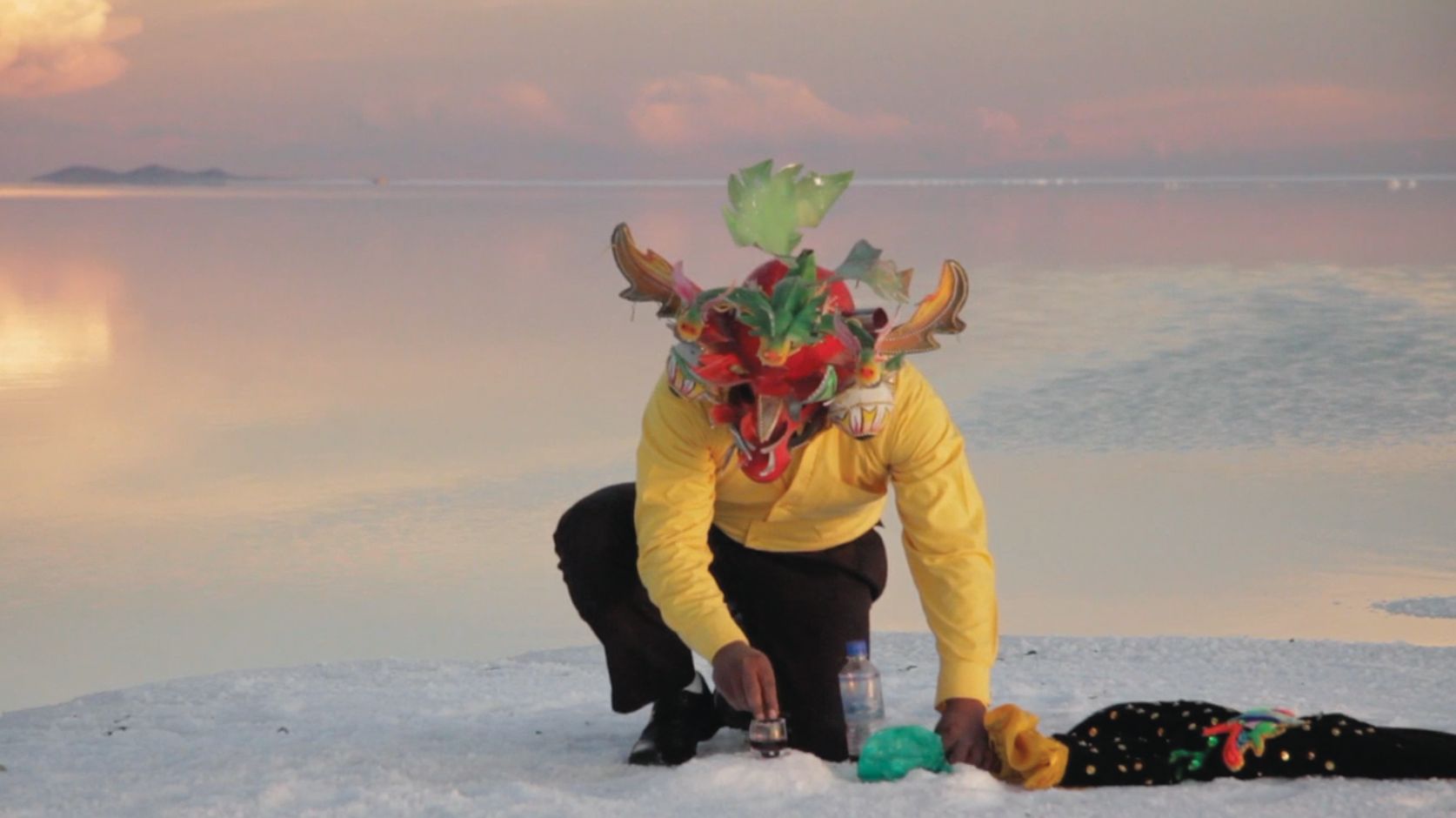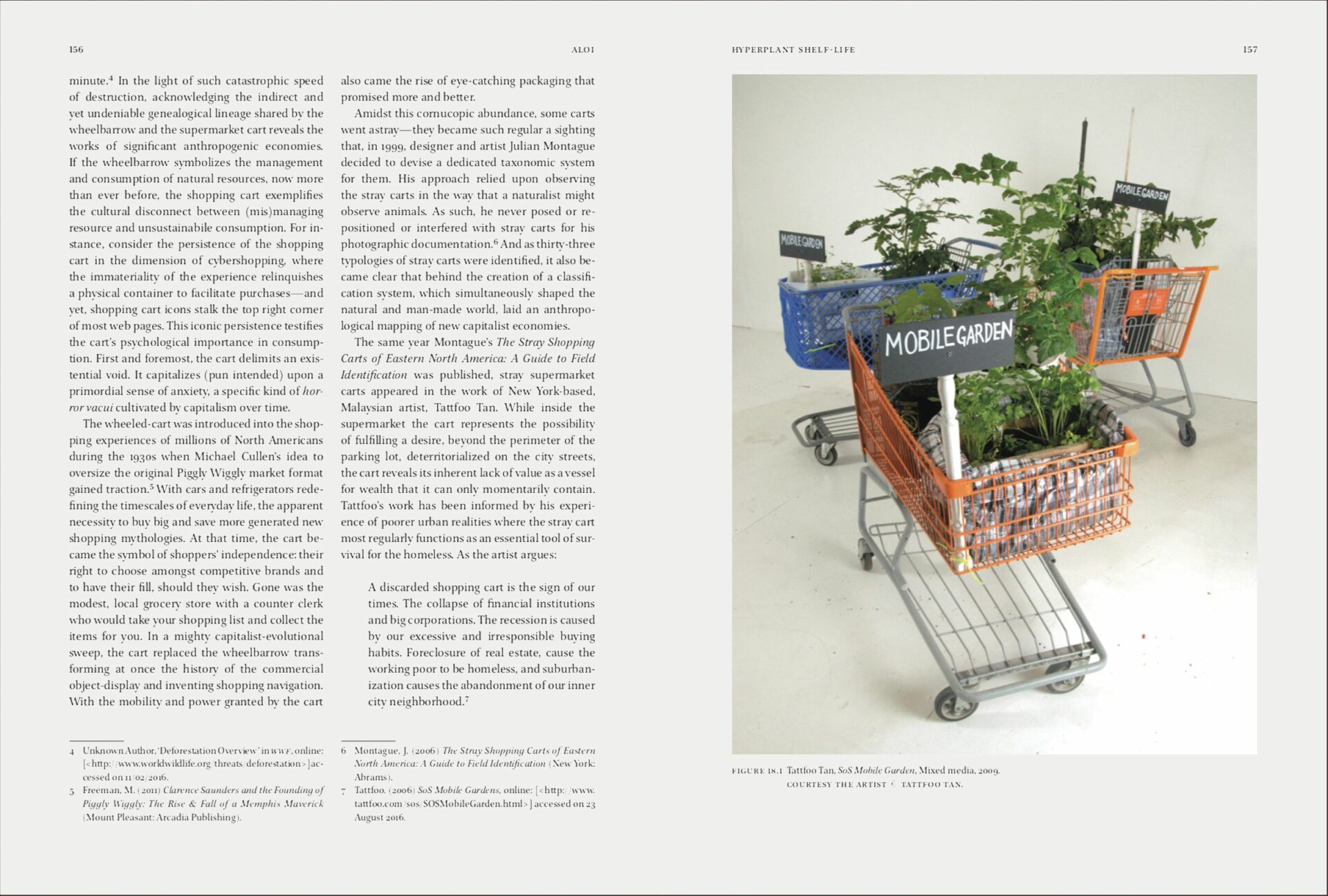Summary
99
Plants
Spring / Summer 2020
As scientific research demystifies the complex world of plants, we are gradually opening up to their sensitivity, intelligence and agentivity. More than ever interdisciplinary, this feature draws its references from the fields of science, anthropology and botany. Inevitably, environmental concerns and the impact of human intervention on plant biodiversity figure prominently, while the works suggest different ways of communicating with nature, taking a closer look at the non-individualistic behavior of plants. Generally invited for what they are, but also sometimes for the metaphors they evoke, the plants that appear in these pages sometimes evoke human exploitation and domination, or the collapse of ecosystems - but sometimes also, in a more optimistic way, resistance, solidarity, collaboration and hope for renewal.
Editorial
Feature
Towards an Ecosophical Art
The Question of Plant Consciousness in Contemporary Art
Photography and the Nature/Culture Divide
Of Time and Contaminated Flowers: On the Work of Susanne Kriemann and Anaïs Tondeur
Rashid Johnson : Plants, Presence, and Care
Fatma Bucak: The Damask Rose
“Waybroad” and Lessons in New Territories
A Vegetal Odyssey
Floral Resistance to Authoritarianism and Incarceration in Porcelain Installations by Ai Weiwei and Cai Guo-Qiang
Portfolios
Columns
Reviews
Current Issue
Tourism
Spring Summer 2024
Because it is essential for it to be open to the world, art is particularly affected by concerns related to planetary travel. From a position at the intersection of contemporary art, leisure, ecology, and destination culture, Esse no. 111 observes artists’ and critical thinkers’ strategies for revisiting the very notion of tourism. Although the harmful impacts of the tourism industry are beyond question, the thematic section avoids falling prey to tourismphobia and simply pointing out its failures. Rather, this issue offers a guided tour of situations and places where art and tourism converge.







